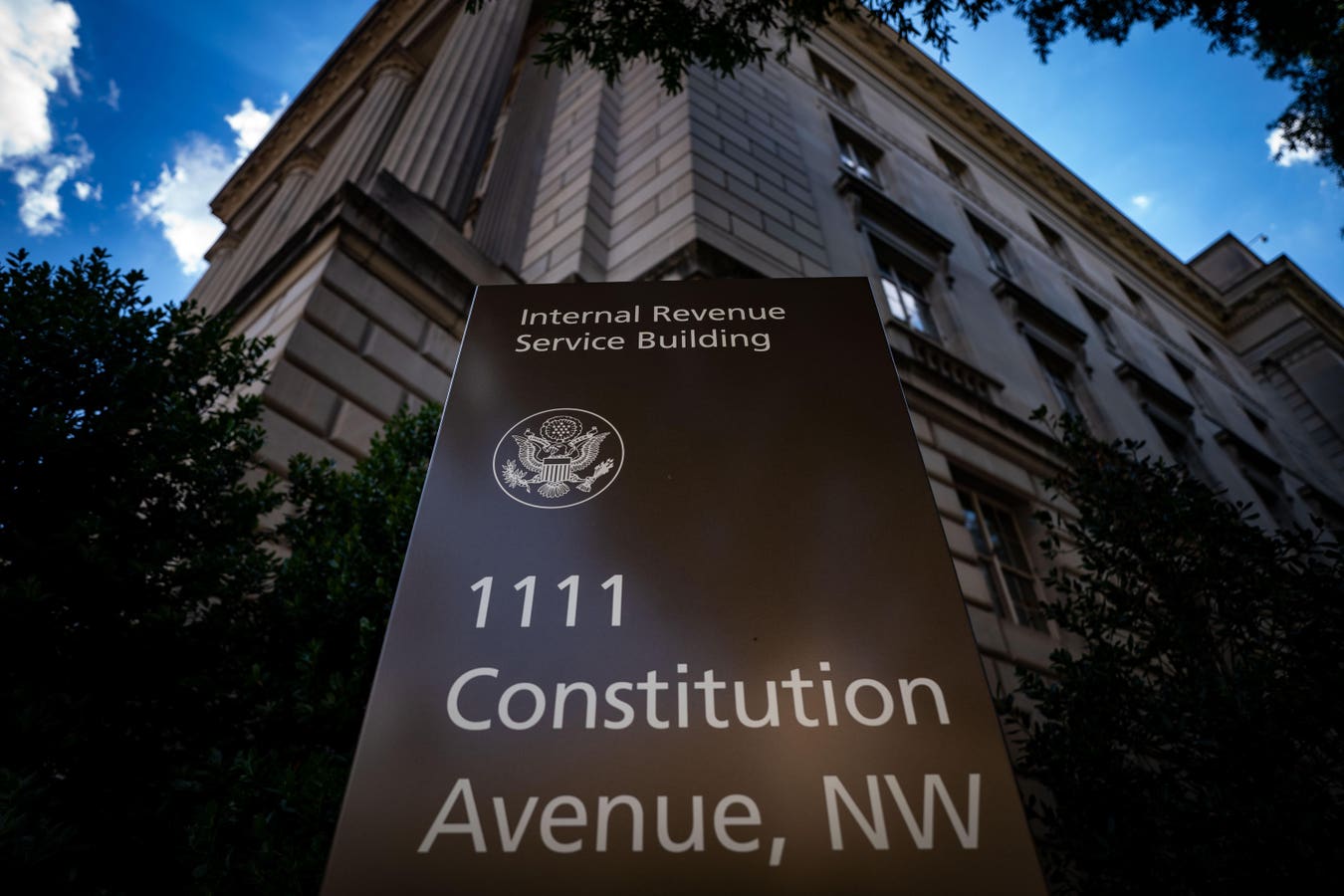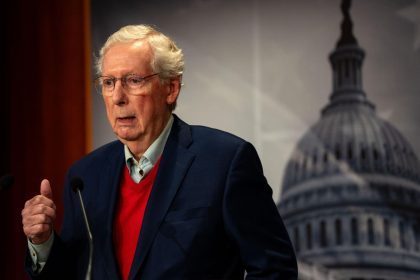In the annals of modern whistleblowing, the name Charles Littlejohn is not likely first to come to mind. Nonetheless, Littlejohn, a former IRS contractor who exposed the tax avoidance practices of billionaires, is facing a prison sentence of five years—the statutory maximum for the offense he plead guilty to— for what many consider to be making public what never should have been private to begin with.
Littlejohn Leaks
Charles Edward Littlejohn was a consultant for the IRS, employed intermittently between 2008 and 2013 by a company that was itself an IRS contractor. Through this employment Littlejohn had access to vast troves of unmasked taxpayer data, including tax returns and return information for high net-worth individuals.
In 2017 Littlejohn sought re-employment with the IRS contractor for the express purpose, according to the government, of accessing and disclosing tax information related to a high-ranking government official—assumed by many to be former President Donald Trump. Once Littlejohn obtained access to the IRS databases he exploited loopholes to avoid detection by the IRS privacy protocols; these steps included avoiding searching for the high-ranking government official by name and instead relying on general search parameters that would nonetheless return the information of the target.
Littlejohn took steps to avoid detection in the download and removal of the information, including uploading return information to third-party websites and using an iPod as a hard drive to take private tax return information off-site. Ultimately, he leveraged a website he controlled as a portal through which to pass information from secure IRS networks to his own personal data storage devices for later copy and distribution.
Littlejohn’s disclosures began in May of 2019 when he contacted a news organization about providing them with the tax records. After this communication, he expanded his target returns to more high net-worth individuals, covering a span of 15 years. As the news organization began reporting the findings of the leaked records, interest grew in ascertaining the identity of the leaker. In anticipation of scrutiny, Littlejohn deleted files from his IRS-assigned laptop, destroyed virtual machines he made use of to facilitate the leak and cancelled the domain registration of the private website he used as a portal to purloin return information.
Whistleblowing versus Weaponizing
The government sentencing memorandum for Littlejohn references his having weaponized his access to taxpayer information which, it seems, stands in contrast to whistleblowing. Whistleblowing is traditionally viewed through a public service lens, furthering goals of revealing wrongdoing or unethical behavior.
The government’s argument leans heavily on the seriousness of Littlejohn’s leak, emphasizing his meticulous plans and well-executed scheme went beyond whistleblowing. His actions were not spur-of-the-moment decisions and were instead a culmination of many months of planning, which the government argues demonstrates a clear intention to breach trust and confidentiality of the public. At base, a lot of information was disclosed and that disclosure was impactful.
Further, the government characterizes Littlejohn’s motives as being vigilante in nature and politically motivated—suggesting he took the law into his own hands to expose what he believed to be unjust or immoral actions. This perspective raises some important questions about the contours of whistleblowing as against weaponizing and the role intent plays in the analysis.
This delineation suggests an important question: what kind of whistleblowing would not meet the government’s standards for prosecution? The line appears to be drawn at actions that suggest premeditated, systematic breaches of security to obtain and distribute information that is impactful in its disclosure. The implication, then, is that whistleblowing that do not involve such levels of planning or significance, perhaps revealing information less consequential than the tax records of high net-worth individuals, might be viewed with more leniency.
And yet one might argue the most important whistleblowing to protect is exactly that which, through scale and significance of the information disclosed, carries value to the public discourse. The government’s emphasis on the planned and sophisticated nature of Littlejohn’s actions, his vigilante motives, and the amount of information disclosed, as justifications for a harsher sentence suggests a tension in our understanding of what constitutes acceptable whistleblowing.
Cost of Wealth Inequality
According to a report by Oxfam, the disparities wrought by wealth inequality can be measured in human lives—at least 21,000 people die each day due to conditions directly linked to socioeconomic inequality. It is a figure that underscores the consequences, at least in part and to the extent it contributes to wealth inequality, of the sorts of tax evasion practices exposed by Littlejohn.
Indeed, the funds evaded in taxes by the ultra-rich are not merely numbers on a balance sheet, but instead represent the financing of collective action projects like healthcare, education, and more general social safety nets. Framed in this way, the value of whistleblowing in tax cannot be overstated—especially when leveraged to expose deep-seated injustices.
The case of Charles Littlejohn complicates the narrative around whistleblowing, leaving us at a pivot point in our understanding of when such actions are deemed acceptable under the law. Despite exposing practices of tax avoidance that arguably contribute to a wealth inequality severe enough to carry a measurable toll in human lives, Littlejohn finds himself facing the maximum sentence, rather than secure under a shield of whistleblower protections.
His outcome raises the question of the criteria which must be present for a finding of a public interest in the whistleblowing actions taken—if revealing information that highlights systemic injustices does not qualify for such protections, we must critically examine the framework within which whistleblowing is evaluated.
Read the full article here

















